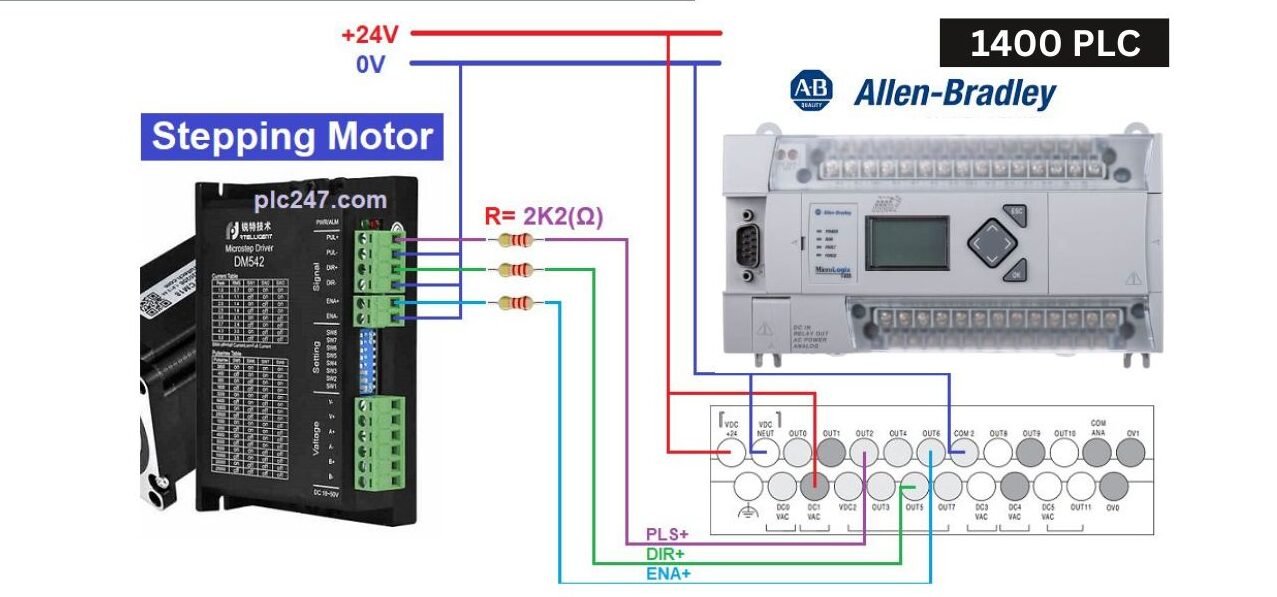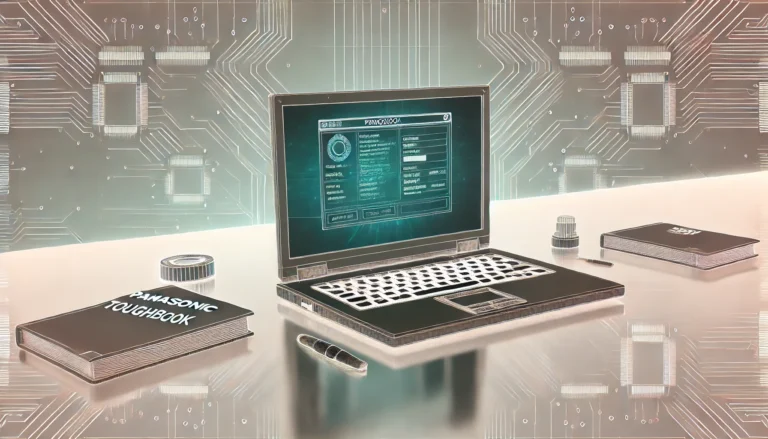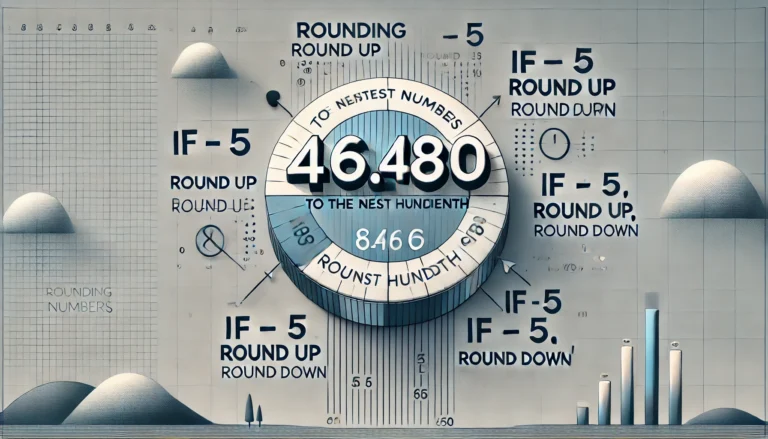
how the MicroLogix 1400 PLC can be used in Process control
The MicroLogix 1400 PLC is a programmable logic controller (PLC) that can be used in process control applications to automate and monitor industrial processes. Here are some examples of how the MicroLogix 1400 PLC can be utilised in process control.
Control of Process Variables:
Process variable control is an important part of process control in many industries, including chemical, pharmaceutical, and food production. Temperature, pressure, flow rate, level, and pH are examples of process variables. These variables can be controlled by the MicroLogix 1400 PLC in the following ways.
- Reading Input Signals: The Allen Bradley MicroLogix 1400 PLC may read input signals from process variable sensors. A temperature sensor, for example, might transmit a signal to the PLC indicating the current temperature in a reactor.
- Comparison with Setpoints: The input signal can be compared to a setpoint, which is a goal value for the process variable, by the PLC. If the input signal falls below or exceeds the setpoint, the PLC can alter the process variable.
- Control Algorithms: Process variables can be adjusted using control algorithms in the MicroLogix 1400 PLC. For example, a proportional-integral-derivative (PID) algorithm can be used to control a valve to maintain a constant flow rate.
- Output Control: To control the process variable, the PLC can alter outputs such as valves, pumps, and motors. A valve, for example, could be opened or closed to control the flow rate of a liquid.
- Feedback Control: The MicroLogix 1400 PLC may alter the process variable based on the actual output via feedback control. A temperature control loop, for example, may modify the heating rate based on the actual temperature in the reactor.
Sequence Control:
The MicroLogix 1400 PLC can be used to schedule the operation of various process components. For example, the PLC can be used to manage the flow of materials through a process by turning on and off pumps, valves, and motors in a specified order.
The process of regulating the order of processes to obtain a particular result is known as sequence control. The MicroLogix 1400 PLC can regulate sequences by conducting logic control, timer control, count control, sequencing operations, and event control. The PLC can be programmed with logic control algorithms to switch devices on and off in a certain order. The PLC can also control the duration of activities using timers, the amount of actions with counters, and trigger events like alarms. Many industrial processes rely on sequence control, which can boost efficiency and product quality.
Data Logging:
The practise of gathering and storing data from sensors or other devices for future study is known as data logging. The MicroLogix 1400 PLC can record data in the following ways:
- Storing Data: Data can be stored in the MicroLogix 1400 PLC’s memory or on an external memory card. Process factors like as temperature, pressure, flow rate, and level, among others, can be included in the data.
- Timestamping Data: The PLC has the ability to date data as it is collected, allowing for reliable analysis and tracking of changes over time.
- Transfer of Data: The information can be transferred to a computer or other device for further examination. The PLC can also be set to transfer data automatically at predetermined intervals or when certain criteria are satisfied.
- Historical Trending: By graphing the acquired data across time, the MicroLogix 1400 PLC can be utilised for historical trends. This enables the examination of trends and patterns, which can then be utilised to improve the process or identify future problems.
- Alarm Monitoring: The PLC can be set to check for specified conditions and generate alarms when they are met. Alarms and corresponding data can be logged, enabling for analysis and troubleshooting.
Check :- Rockwell Automation MicroLogix 1400 PLC
Alarm Management:
- Alarm Monitoring: The PLC can be set to check for specified conditions and generate alarms when they are met. Alarms can be set to sound or display on a screen, and they can also be documented alongside the appropriate data.
- Alarm Prioritization: alerts can be prioritised by the PLC based on their severity, allowing operators to respond to the most critical alerts first.
- Alarm Acknowledgment: The PLC can be set to require operators to recognise alarms before they can be cleared, preventing alarms from being ignored or disregarded.
- Alarm Notification: When particular alarms are triggered, the PLC can be programmed to notify operators or supervisors through email or text message. This enables rapid responses to crucial alarms even when operators are not on-site.
- Alarm Analysis: The PLC can analyse alarm data to find trends or reoccurring problems. This information can be utilised to improve the process or to optimise it.
Communication with Other Devices:
The MicroLogix 1400 PLC may interchange process data and control signals with other devices such as supervisory control and data acquisition (SCADA) systems and distributed control systems (DCS).
In summary, the MicroLogix 1400 PLC can be used to automate and monitor industrial processes by regulating process variables, sequencing operations, logging data, handling alarms, and interacting with other devices in process control applications.




